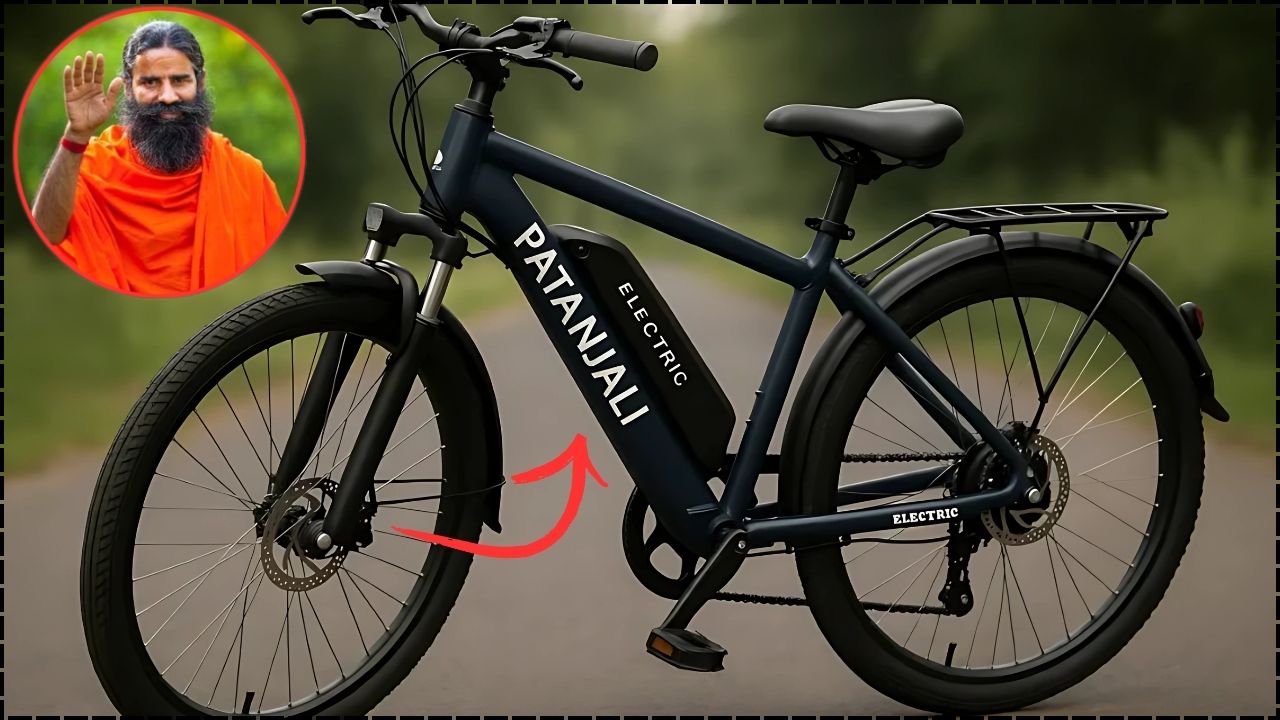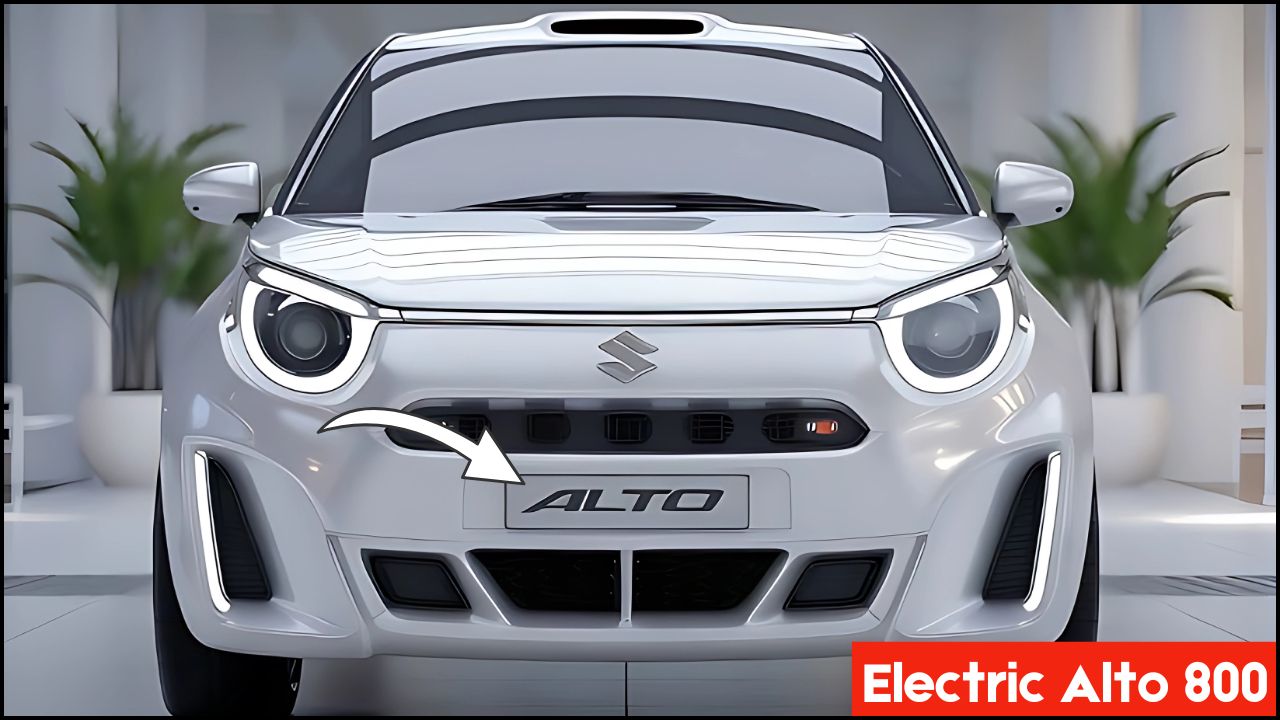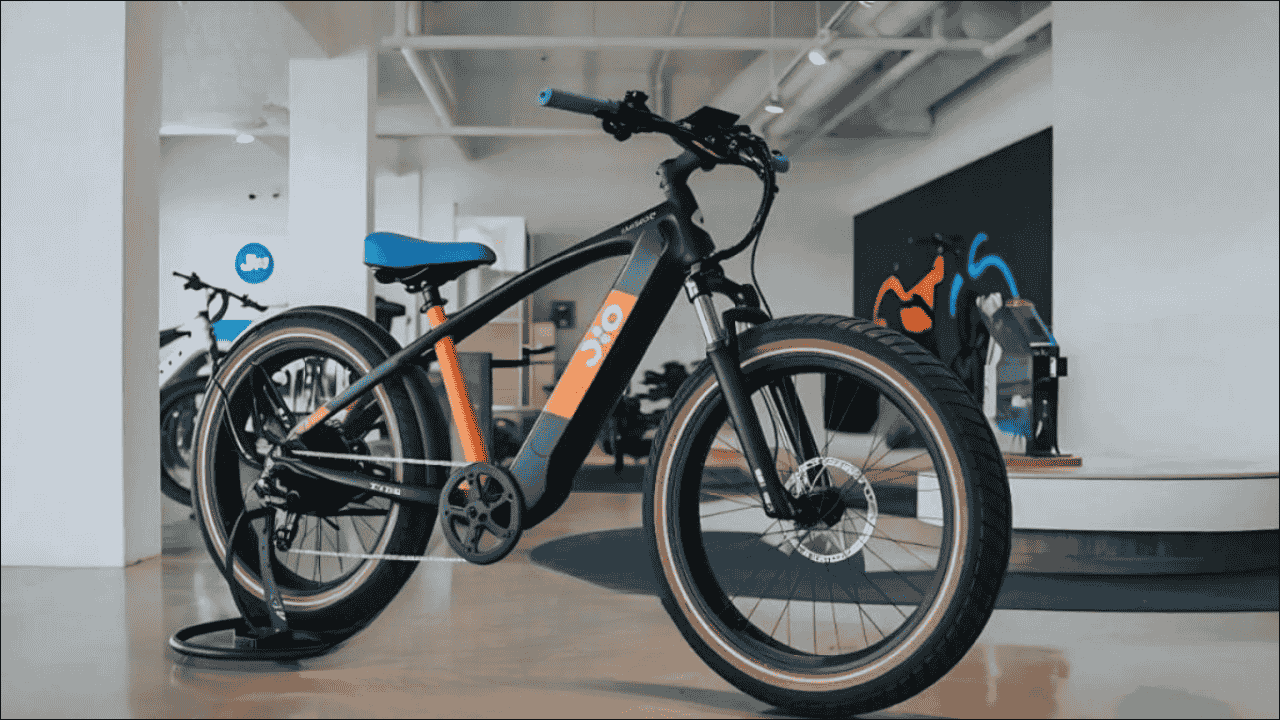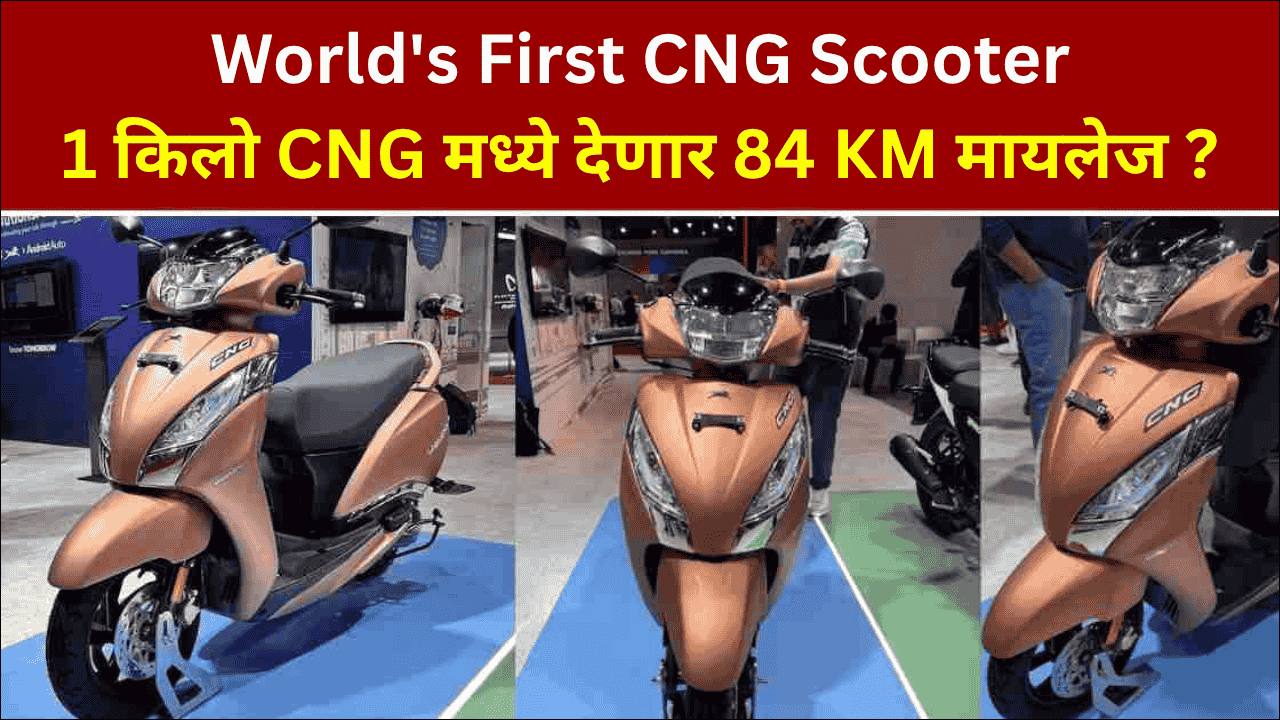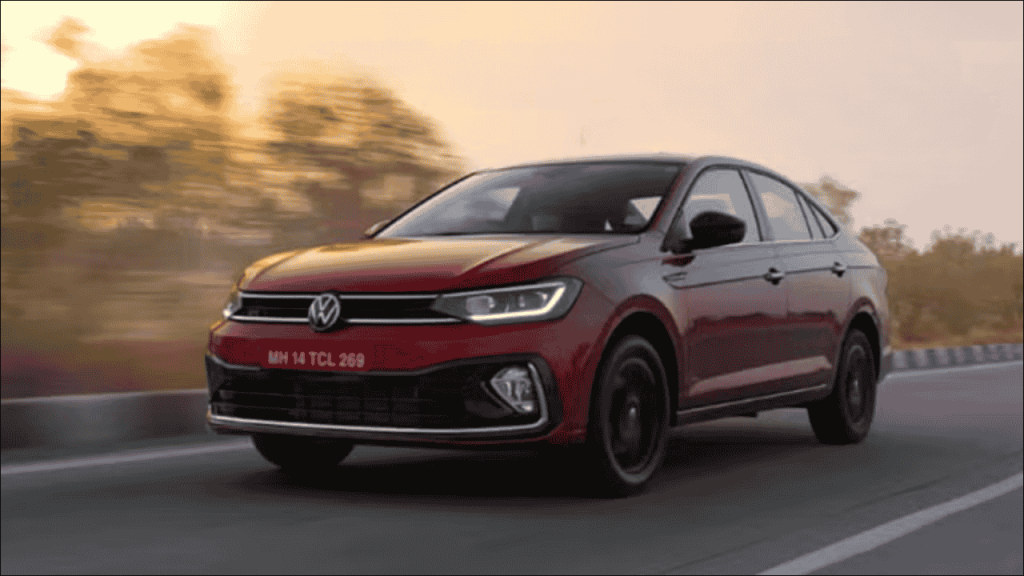
Volkswagen has made a resounding comeback in India’s competitive mid-size sedan market with the refreshed 2025 Virtus. This latest iteration showcases the German automaker’s commitment to delivering premium engineering excellence while adapting to Indian market preferences. With its compelling combination of turbocharged performance, sophisticated design, and cutting-edge technology, the Virtus 2025 emerges as a formidable contender in a segment dominated by established players like the Hyundai Verna and Skoda Slavia.
The 2025 Virtus represents more than just a routine update; it’s a comprehensive reimagining of what a modern sedan should offer to discerning Indian customers. By blending German engineering precision with features specifically tailored for Indian road conditions and consumer expectations, Volkswagen has created a vehicle that promises to redefine the mid-size sedan experience.
Table of Contents
Design Language: Where Elegance Meets Sportiness
The Virtus 2025 showcases Volkswagen’s evolved design philosophy through its striking exterior that masterfully balances sophistication with dynamic appeal. The front fascia features sleek LED headlamps with integrated daytime running lights, creating a distinctive light signature that immediately identifies the vehicle as a modern Volkswagen. The chrome-accented grille maintains the brand’s signature styling while adding a touch of premium appeal.
The sedan’s aerodynamic silhouette not only enhances its visual appeal but also contributes to improved fuel efficiency and reduced wind noise. The streamlined profile, combined with carefully sculpted body lines, gives the Virtus a sense of motion even when stationary. The attention to detail extends to every surface, with thoughtfully designed creases and curves that play with light and shadow to create visual depth.
Exterior Design Highlights
| Feature | Description |
|---|---|
| Headlamps | Sleek LED units with integrated DRLs |
| Grille | Chrome-accented with signature VW styling |
| Wheels | 16-inch alloy wheels (GT gets 17-inch alloys) |
| Color Options | Lava Blue, Wild Cherry Red, Carbon Steel Grey |
| Aerodynamics | Streamlined silhouette for improved efficiency |
| Body Lines | Sculpted surfaces with dynamic character lines |
The color palette offers something for every personality, from the vibrant Lava Blue that commands attention to the sophisticated Carbon Steel Grey that exudes understated elegance. Wild Cherry Red adds a sporty flair that appeals to younger buyers seeking to make a bold statement.
Turbocharged Performance: Power for Every Driving Style
Under the hood, the Virtus 2025 offers two distinct turbocharged petrol engines, each engineered to deliver optimal performance for different driving preferences and scenarios. This dual-engine strategy ensures that buyers can choose the powertrain that best matches their driving style and requirements.
The 1.0-liter TSI turbo petrol engine serves as the volume seller, producing 115 PS of power while maintaining excellent fuel efficiency. This engine is particularly well-suited for urban commuting and city driving, where its responsive nature and smooth power delivery shine. The smaller displacement doesn’t compromise on performance, thanks to turbocharging technology that provides adequate torque across the rev range.
For those seeking more exhilarating performance, the 1.5-liter TSI EVO turbo petrol engine delivers 150 PS, offering the kind of power that makes highway overtaking effortless and spirited driving genuinely enjoyable. This engine is available exclusively in the GT variants, positioning them as the performance-oriented options in the lineup.
Engine Specifications and Applications
| Engine Variant | Power Output | Transmission Options | Best Use Case |
|---|---|---|---|
| 1.0L TSI Turbo Petrol | 115 PS | 6-speed MT / 6-speed AT | City & Urban Driving |
| 1.5L TSI EVO Turbo Petrol | 150 PS | 6-speed MT / 7-speed DSG | Highway & Performance |
The transmission options include a smooth 6-speed manual for those who prefer traditional driving engagement, while the 6-speed automatic and 7-speed DSG (Direct Shift Gearbox) provide convenience and enhanced fuel efficiency. The DSG transmission, in particular, offers lightning-quick shifts that complement the turbocharged engines’ performance characteristics.
Premium Interior: Technology Meets Comfort
Stepping inside the Virtus 2025 reveals an interior that successfully combines premium materials with intuitive technology. The cabin design reflects Volkswagen’s commitment to creating a space that feels both luxurious and functional, with every element carefully considered for both aesthetics and usability.
The centerpiece of the dashboard is the 10-inch touchscreen infotainment system that supports wireless Android Auto and Apple CarPlay connectivity. This eliminates the need for cables while ensuring seamless smartphone integration. The system’s interface is intuitive and responsive, making it easy to access navigation, music, and communication features without distraction.
Comfort features include perforated ventilated front seats that provide relief during hot Indian summers, automatic climate control that maintains optimal cabin temperature, and a panoramic sunroof that adds to the sense of spaciousness. The digital instrument cluster provides clear, customizable information display that can be tailored to individual preferences.
Interior Feature Breakdown
| Feature | Availability in Virtus 2025 |
|---|---|
| Touchscreen Infotainment (10″) | Standard |
| Wireless Android Auto & CarPlay | Yes |
| Ventilated Front Seats | Available |
| Panoramic Sunroof | Yes |
| Boot Space | 521 Liters |
| Ambient Lighting | Top variants |
| Digital Instrument Cluster | Standard |
| Automatic Climate Control | Available |
The spacious cabin comfortably accommodates five passengers, with generous legroom and headroom in both front and rear seats. The 521-liter boot space ensures that the Virtus is practical for everything from daily commuting to extended road trips, making it an ideal choice for families and frequent travelers.
Safety Excellence: 5-Star Protection
Safety represents one of the Virtus 2025’s strongest selling points, with the sedan earning a prestigious 5-star rating from Global NCAP for both adult and child occupant protection. This achievement places it among the safest vehicles in the Indian market and demonstrates Volkswagen’s unwavering commitment to passenger protection.
The comprehensive safety package includes more than 40 active and passive safety features that work together to prevent accidents and protect occupants in case of a collision. These systems operate seamlessly in the background, providing peace of mind without compromising the driving experience.
Comprehensive Safety Features
| Feature | Description |
|---|---|
| Airbags | 6 airbags (front, side, curtain) |
| ESC (Electronic Stability Control) | Standard across variants |
| ISOFIX Mounts | Available for child seats |
| Rear Parking Camera | Yes |
| Hill-Hold Control | Prevents rollback on slopes |
| Tire Pressure Monitoring | Real-time tire pressure alerts |
| ABS with EBD | Anti-lock braking with electronic brake distribution |
| Traction Control | Prevents wheel spin during acceleration |
The electronic stability control system continuously monitors vehicle dynamics and intervenes when necessary to maintain stability. The comprehensive airbag system provides protection for all occupants, while ISOFIX mounts ensure secure child seat installation for families.
GT Variant: Performance Meets Aggressive Styling
The GT variant of the Virtus takes the sedan’s appeal to the next level with distinctive styling elements that emphasize its performance credentials. These visual enhancements aren’t merely cosmetic; they reflect the GT’s more powerful engine and sport-tuned characteristics.
GT-Specific Design Elements
| Area | GT-Specific Features |
|---|---|
| Front | Gloss black grille, smoked LED headlamps, GT badging |
| Sides | Sporty side skirts, red brake calipers, 17-inch black alloys |
| Rear | Smoked tail lamps, gloss black spoiler, sporty bumper |
| Color Options | Dual-tone schemes with contrasting roof |
| Badging | GT logos on grille, boot, and front fenders |
| Chrome Delete | Gloss black replaces chrome for sporty appearance |
The GT’s distinctive appearance immediately sets it apart from standard variants, with its aggressive stance and performance-oriented visual cues. The larger 17-inch alloy wheels not only look more imposing but also house red brake calipers that hint at the enhanced performance beneath.
Fuel Efficiency and Running Costs
Despite its performance credentials, the Virtus 2025 maintains impressive fuel efficiency figures that make it practical for daily use. The smaller 1.0-liter engine achieves nearly 21 km/l in manual configuration, while the more powerful 1.5-liter engine still returns a respectable 19.62 km/l with the DSG transmission.
Fuel Efficiency Comparison
| Engine Variant | Manual Transmission (km/l) | Automatic Transmission (km/l) |
|---|---|---|
| 1.0L TSI | 20.89 | 18.45 |
| 1.5L TSI EVO | — | 19.62 |
While maintenance costs may be marginally higher than some competitors, Volkswagen’s reputation for build quality and long-term durability justifies the premium. The brand’s improved service network and extended warranty options further enhance ownership confidence.
Pricing and Market Position
Volkswagen has positioned the Virtus 2025 competitively within the mid-size sedan segment, with pricing that reflects its premium positioning while remaining accessible to its target audience.
Pricing Structure
| Variant | Ex-Showroom Price (₹) | On-Road Price Approx. (₹) |
|---|---|---|
| Base Variant | ₹11.56 lakh | ₹13.54 lakh |
| Mid Variant | ₹15.20 lakh | ₹17.50 lakh |
| GT Plus Sport DSG | ₹19.40 lakh | ₹22.59 lakh |
Current promotional offers include a scrappage bonus of up to ₹19,000, making the Virtus even more attractive for buyers looking to upgrade from older vehicles.
Competitive Analysis
In the hotly contested mid-size sedan segment, the Virtus 2025 faces stiff competition but holds its own with unique strengths.
Comprehensive Competitor Comparison
| Feature/Aspect | Volkswagen Virtus 2025 | Hyundai Verna | Skoda Slavia |
|---|---|---|---|
| Engine Options | Turbo Petrol (2 options) | NA, Turbo | Turbo, NA |
| Top Power Output | 150 PS | 160 PS | 150 PS |
| Safety Rating | 5-Star Global NCAP | Not Rated Yet | 5-Star |
| Boot Space | 521 Liters | 528 Liters | 521 Liters |
| Infotainment | 10″ Wireless | 10.25″ | 10″ Wireless |
| Price Range (₹) | 11.56L – 19.40L | 11L – 17.42L | 11.39L – 18.68L |
Conclusion: Redefining the Sedan Experience
The Volkswagen Virtus 2025 successfully combines German engineering excellence with Indian market sensibilities, creating a sedan that appeals to both rational and emotional buying decisions. Its turbocharged engines provide excellent performance and efficiency, while the comprehensive safety features and premium interior ensure that comfort and protection are never compromised.
The GT variant adds an extra dimension of excitement for enthusiasts, while the standard variants offer exceptional value for families seeking a premium sedan experience. With its competitive pricing, impressive feature list, and proven build quality, the Virtus 2025 stands ready to challenge established segment leaders and attract new customers to the Volkswagen brand.
For buyers seeking a sedan that doesn’t compromise on any aspect – whether performance, safety, comfort, or style – the Virtus 2025 presents a compelling proposition that’s difficult to ignore in today’s competitive market.
Frequently Asked Questions
Q: What is the starting price of the Volkswagen Virtus 2025? A: The Virtus 2025 starts at ₹11.56 lakh (ex-showroom Delhi) for the base variant.
Q: Does the Virtus 2025 have a 5-star safety rating? A: Yes, the Virtus has received a 5-star Global NCAP rating for both adult and child occupant protection.
Q: What is the fuel efficiency of the 1.0L TSI engine? A: The 1.0L TSI engine delivers up to 20.89 km/l with manual transmission and 18.45 km/l with automatic.
Q: What makes the GT variant different from standard variants? A: The GT variant features a more powerful 1.5L engine, sporty styling elements, 17-inch alloys, and performance-oriented design cues.

